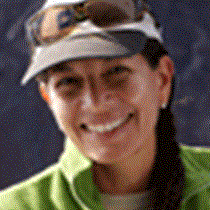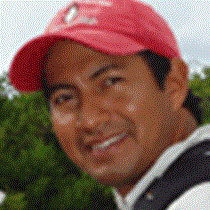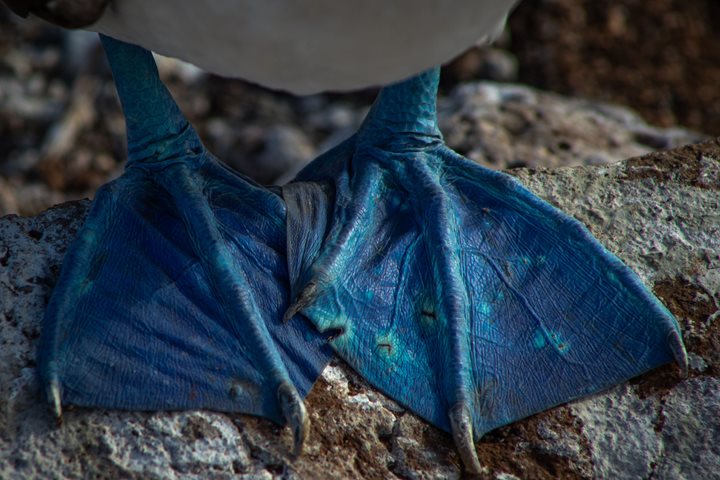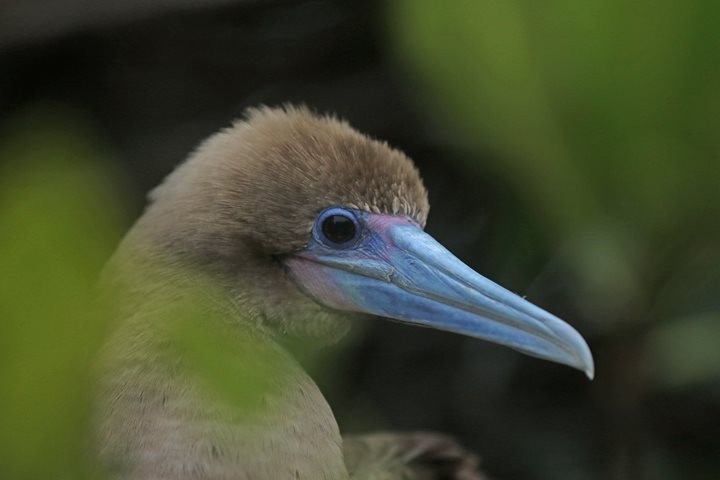Our pre-breakfast outing this morning was fantastic. We hiked to the summit of Bartolome Island, a tiny little island full of geological wonders. Named after Bartholomew Sullivan, the 2nd Lieutenant on board the Beagle, Bartolome is the perfect site to explain the geological origin of the islands and the arrival of colonization and of species over thousands or even millions of years. Lichens and pioneer plants such as lava cactus and the endemic “tiquilia nesiotica” are the organisms that cause the bio-erosion of the lava, converting it into soil where other less-adapted species will be able to survive.
The view from the top is breathtaking, full of spatter cones, lava tubes, and “hornitos,” all of which are common features on the volcanic landscape that seem taken from a movie of the moon.
But Bartolome is not only an island of geological interest. The beach of golden sand and the waters surrounding the area offered other opportunities to spot wildlife. The snorkeling here is one of the best experiences our visitors can have. They can see white-tipped reef sharks, rays, sea lions, corals, different species of sea stars, and of course, thousands of colourful fish.
After lunch, this time a feast of Ecuadorian food, our little ship navigated south and west to reach Rabida Island, located south of Santiago Island. Rabida is an impressive red coloured Island, made mostly of scoria with a higher content of minerals such in iron, which oxidises due to time and weathering.
Our guests had the time to explore the island in different ways. Some took the option of kayaking along the shores of Rabida, others went deep-water snorkeling to explore the underwater world, while a few others preferred to take a nice walk along the inland trail of the Island. There are many different ways to explore the Galapagos ecosystems, with incredible opportunities to see wildlife, both on land and in the water, with sea lions playing with puffer fish, sea turtles popping their heads out, sea birds diving and fishing, marine iguanas feeding on algae, Darwin finches feeding on cactus and seeds, a Galapagos hawk feeding on its prey, mockingbirds inspecting our backpacks, and sea lions feeding their babies on the beach.
This was only our second day exploring the islands, and yet it seems we have seen it all!









